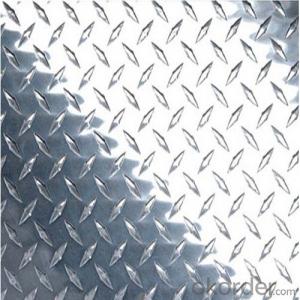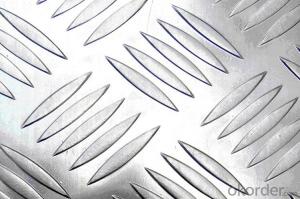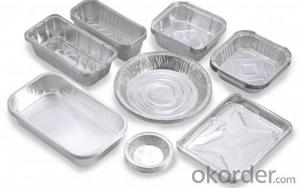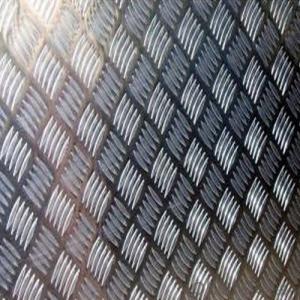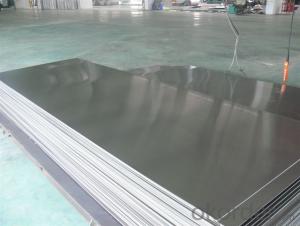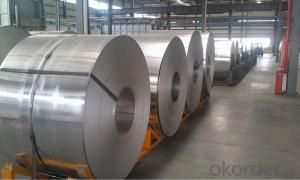3003 H22 Aluminum Diamond Plate
3003 H22 Aluminum Diamond Plate Related Searches
Led Light Bulbs For Ceiling Fixtures Led Lamps For Ceiling 42 In Ceiling Fan With Light Aluminum Coil Stock For Gutters Hole Saw For Aluminum Plate Aluminum Tread Plate For Trailer Bow Plate For Aluminum Boat Max Temp For Aluminum Foil Aluminum Foil For Key Fob Aluminum Foil For Hair FrizzHot Searches
China Black Aluminum Coil China Aluminum Coil Stainless Steel Manufacturers Aluminum Copper Coil Scrap Price High Pressure Laminate Manufacturers Europe Aluminum Ac Coil Scrap Price Aluminum Coil Price Per Pound ppr pipe manufacturers in saudi arabia Aluminum Coil Price Control Valve Manufacturers In Usa Home Depot Aluminum Coil Aluminum Coil Factory Roofing Sheets Manufacturers In Gujarat Outdoor Led Screen Manufacturers Wholesale Painted Aluminum Coil Aluminum Gutter Coil Wholesale Aluminum Coil Wholesale Wholesale Aluminum Coil Aluminum Roofing Coil Suppliers Aluminum Coil Stock Prices3003 H22 Aluminum Diamond Plate Supplier & Manufacturer from China
Okorder.com is a professional 3003 H22 Aluminum Diamond Plate supplier & manufacturer, offers integrated one-stop services including real-time quoting and online cargo tracking. We are funded by CNBM Group, a Fortune 500 enterprise and the largest 3003 H22 Aluminum Diamond Plate firm in China.Hot Products
FAQ
- Aluminum sheets are known to have excellent vibration damping properties. Due to their high density and stiffness, they effectively absorb and dissipate vibrations, reducing the amplitude and duration of vibrations. This makes aluminum sheets ideal for applications that require vibration control, such as in the aerospace and automotive industries. Additionally, aluminum's lightweight nature allows for easy installation and maneuverability, making it a preferred choice for vibration damping solutions.
- Indeed, the construction industry can make use of 101 aluminum sheets. Due to their lightweight nature, durability, and corrosion resistance, aluminum sheets are frequently employed in construction. The designation of "101" refers to the alloy composition and properties of these aluminum sheets. While a wide range of aluminum alloys with distinctive features are available, 101 aluminum sheets are certainly suitable for various construction applications. However, it is crucial to consider factors such as required strength, load-bearing capacity, and environmental conditions when determining the suitability of aluminum sheets for a specific construction project. Hence, consulting with engineers or construction professionals is advisable to identify the most suitable type and grade of aluminum sheets for a given construction endeavor.
- Yes, aluminum sheets are suitable for manufacturing sporting equipment. Aluminum is a lightweight and durable material that can be easily molded and shaped into various sporting equipment such as tennis rackets, baseball bats, and golf clubs. It offers excellent strength-to-weight ratio, corrosion resistance, and allows for better performance and maneuverability in sports activities.
- Yes, aluminum sheets can be used for architectural applications. Aluminum is a versatile and lightweight material that offers excellent strength, durability, and corrosion resistance. It can be easily formed, shaped, and fabricated into various architectural elements such as façades, roofs, windows, doors, and cladding. Its aesthetic appeal, along with its ability to withstand harsh weather conditions, makes it a popular choice in contemporary architectural designs.
- The specific application and industry standards can cause variations in the typical thickness tolerance for aluminum sheets. Generally, the acceptable range for thickness tolerance is usually between ± 0.005 and ± 0.015 inches. This indicates that the actual thickness of the sheet can deviate within this tolerance range from the specified thickness. It is worth noting that diverse industries may have different tolerance requirements depending on the intended use of the aluminum sheet. Therefore, it is always advisable to refer to the relevant industry standards or specifications for precise tolerance requirements.
- Yes, aluminum sheets are suitable for HVAC ductwork. Aluminum is a popular choice for ductwork due to its lightweight and durable nature. It is corrosion-resistant, which is important in HVAC systems where moisture and condensation can be present. Aluminum ductwork also offers good thermal conductivity, allowing for efficient heat transfer. Additionally, aluminum sheets are easy to work with, making installation and maintenance relatively simple. Overall, aluminum sheets are a reliable choice for HVAC ductwork, providing long-lasting performance and energy efficiency.
- Some common surface finishes for aluminum sheets in the construction industry include mill finish, anodized finish, brushed finish, and powder coated finish.
- Using aluminum sheet in various applications comes with several limitations. Firstly, compared to steel or titanium, aluminum is a relatively soft metal. This means it is more prone to scratches, dents, and deformation when subjected to heavy loads or impacts. As a result, it may not be suitable for applications that require high strength or resistance to damage. Secondly, aluminum has lower thermal conductivity than other metals. This can be a disadvantage in applications that require efficient heat transfer, such as heat exchangers or cooling systems. Thirdly, aluminum is susceptible to corrosion. Although it has a natural oxide layer that provides some protection, it can still corrode in certain environments, especially in the presence of moisture or acidic substances. This limits its use in applications where corrosion resistance is crucial, such as in the marine or chemical industries. Additionally, compared to other options, aluminum is a relatively expensive material. Its production and extraction processes require significant energy and resources, which contribute to higher costs. Therefore, it may not be the most cost-effective choice for some applications. Lastly, aluminum has limited compatibility with certain substances. It can react with certain chemicals, leading to degradation or contamination. Therefore, it may not be suitable for applications where it will come into contact with substances that can cause adverse reactions. In conclusion, although aluminum sheet has numerous advantages such as its lightweight nature, good electrical conductivity, and ease of fabrication, it is important to consider its limitations when choosing it for specific applications.












